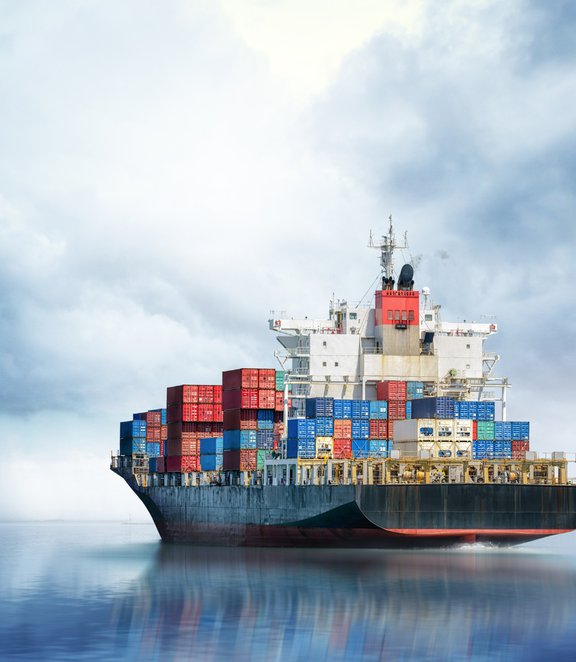Maritime transport: economic globalisation (part 2)

Port infrastructure: the pillars of the seas
Seaports, with their complex infrastructure and strategic functions, are key pieces in the global maritime transport puzzle. These logistical nodes not only serve as loading and unloading points, but also act as economic catalysts and strategic hubs for global connectivity. In the following, we will explore some of the world's major ports and their crucial role in the dynamic maritime transport scenario.
1.Port of Shanghai, China: Bridge to the World Economy
The Port of Shanghai, located at the mouth of the Yangtze River, is a giant among global ports. In 2022 it reached a throughput of 47.3 million TEUs (containers). It is the world's largest cargo port, handling a diversity of goods ranging from containers to bulk commodities and liquids. Its strategic position in the Yangtze Delta region has made it a focal point for international trade, acting as a crucial bridge between Asia and the rest of the world.
2. Port of Singapore: Logistics Hub of South East Asia
Singapore, despite being a small country, is home to one of the busiest and most technologically advanced ports in the world (19.3 million TEUs). The Port of Singapore stands out for its operational efficiency, storage capacity and comprehensive logistics services. It functions as a major transhipment and distribution hub in Southeast Asia, connecting shipping routes between Asia, Europe, Africa and the Americas.
3. Port of Rotterdam, Netherlands: Gateway to Western Europe
Rotterdam ranks as Europe's largest port and acts as a crucial gateway for trade in the western region of the continent (15.3 million TEUs). With advanced facilities and an extensive network of connections, both inland waterway and rail, the Port of Rotterdam facilitates the efficient movement of goods throughout Europe. Its importance lies not only in loading and unloading, but also in its role as a storage and distribution centre for the European hinterland.
4. Port of Los Angeles and Port of Long Beach, United States: Twin Ports in the USA
Located on the west coast of the United States, the ports of Los Angeles and Long Beach are vital for maritime trade in North America (9.3 million TEUs). Together, they form the largest port complex in the country, playing a crucial role in trade between the United States and Asia. Their strategic location and capacity to handle large volumes of containers make them key points in the global network of shipping lanes.
5. Jebel Ali Port, United Arab Emirates: Gateway to the Middle East
Jebel Ali, located in Dubai, is one of the largest and most modern ports in the world. It acts as a vital logistics hub for the Middle East and the Persian Gulf (14 million TEUs). This port is not only an important transhipment point, but also serves as a distribution centre for the region, connecting maritime trade between Europe, Asia and Africa.
6. Port of Santos, Brazil: Trade link in South America
The Port of Santos, located on the Brazilian coast, is the largest port in South America (5 million TEUs). It serves as an essential commercial nexus for the region, facilitating the export of agricultural and mineral products. Its strategic role in the network of maritime routes connects Brazil to international markets, contributing significantly to the region's economy.
7. Port of Algeciras, the largest in Spain
Algeciras, a strategic enclave for entry and exit to the Mediterranean, is also one of the most important ports in the world. A total of 4.8 million TEUs passed through the port of Algeciras in 2022.
There are between 6,000 and 7,000 ports in the world, although only a few hundred are really of significant importance in a global context, concentrating most of the maritime traffic.
